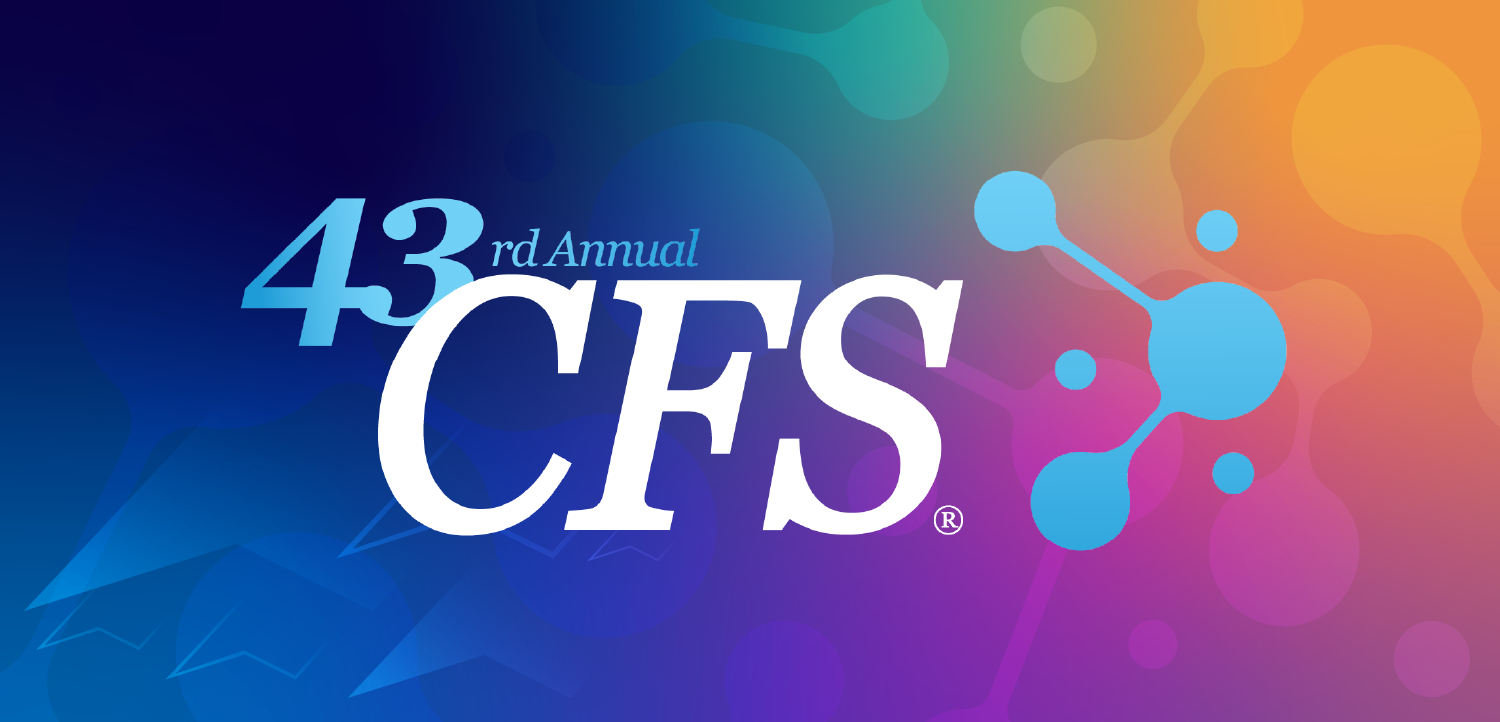Journal Review for August
Recent journal articles review the progress of tumor ablation therapies in the liver, breast, lung, and kidney.
Recent journal articles review the progress of tumor ablation therapies in the liver, breast, lung, and kidney.
Liver
Radiofrequency ablation for malignant liver tumor
Surg Oncol 2005 July;14(1):41-52
A review from the Centre for the Study of Liver Disease in Hong Kong evaluates the current state of RFA for treatment of malignant liver tumors. The authors focus on indications, approaches, complications, survival benefits, combination therapies, and comparison with other treatment modalities. They found that most studies of RFA are favorable, but they caution against underestimating the risks associated with the treatment, especially the possibility of tumor recurrence. The authors conclude that there is not yet sufficient evidence that RFA can replace other treatment modalities for malignant liver tumors and recommend waiting for evidence from randomized trials to establish treatment protocols.
Lung
New therapeutic approaches for early stage non-small cell lung cancer
Surg Oncol 2005 July;14(1):27-32. E-pub 2005 Jan 17
A team from the University of Pittsburgh Medical Center reviews alternatives to surgical resection for early-stage non-small cell lung cancer that cannot be treated by surgical resection. They review RFA, sublobar resection with brachytherapy, and stereotactic radiosurgery. The group concludes that all three methods are viable alternatives for patients who would not be able to tolerate curative resection.
Breast
Ablative therapies for the treatment of malignant diseases of the breast
Am J Surg 2005 June;189(6):694-701
A literature review from researchers at New York-Presbyterian Hospital/Weill Cornell Medical Center looks at data on minimally invasive treatments for early-stage breast cancer that provide less risk of scarring and other cosmetic complications than surgical resection. They analyzed more than 30 articles on alternative breast cancer treatment such as RFA, cryoablation, interstitial laser ablation, microwave thermotherapy, and focused ultrasound ablation. Their conclusion is that these therapies can be used as a routine adjunct in the treatment of selected breast cancers, but they caution that physicians must be able to identify multifocal disease and in situ carcinoma to ensure complete and effective eradication of the breast cancer.
Kidney
MR imaging follow-up after percutaneous radiofrequency ablation of renal cell carcinoma: findings in 18 patients during first 6 months
Radiology 2005 June;235(3):1065-1071
The Duke University study evaluates both enhanced and unenhanced MR images from 18 patients in the first six months after RFA of renal cell carcinoma. The researchers report that the ablation zones tend to increase in the first two weeks after RFA and then shrink for the remainder of the follow-up period. They found residual tumors in two cases, which were best seen on unenhanced T2-weighted and gadolinium-enhanced T1-weighted MR images.
Long-term followup of patients with renal cell carcinoma treated with radio frequency ablation with curative intent
J Urol 2005 July;174(1):61-63
A study of 16 patients at Massachusetts General Hospital and Harvard Medical School finds RFA a viable treatment for renal cell carcinoma. All patients with exophytic tumors were successfully treated with RFA, and the authors conclude that RFA of exophytic renal cell carcinomas less than 5 cm in diameter is comparable to surgical extirpation at four years.
Newsletter
Stay at the forefront of radiology with the Diagnostic Imaging newsletter, delivering the latest news, clinical insights, and imaging advancements for today’s radiologists.





























